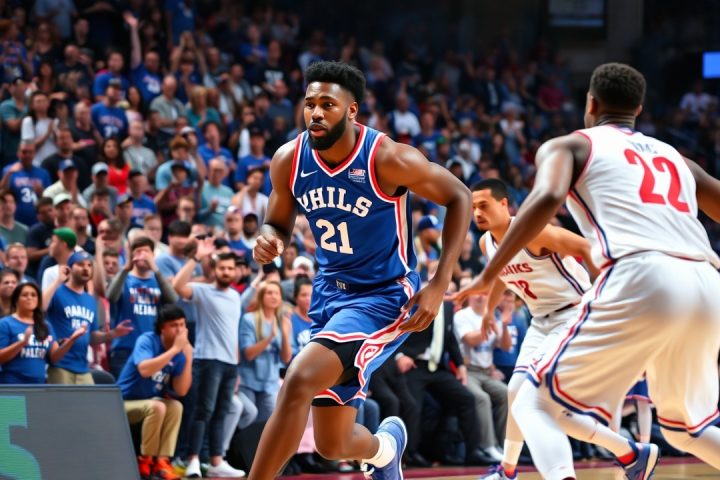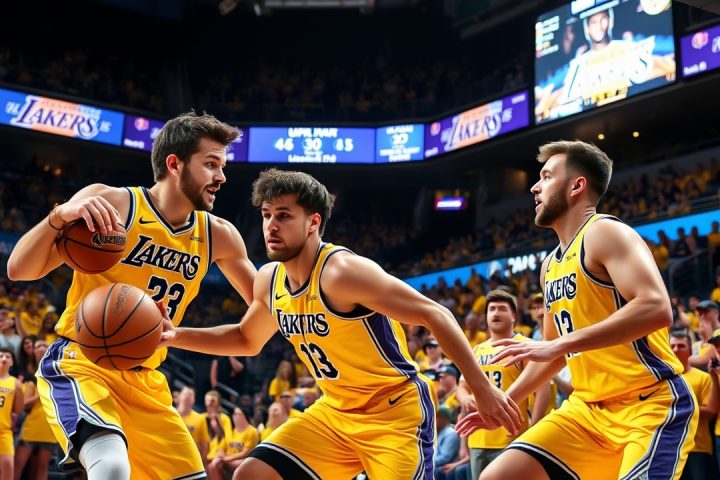Lisa Bluder’s Passion for Leadership
Inside the home of renowned college basketball coach Lisa Bluder lies a collection of books that reflects her passion for leadership and team dynamics. Titled works such as “The Team Captain’s Leadership Manual,” “The Five Dysfunctions of a Team,” and “Pressure is a Privilege” adorn the shelves, showcasing her dedication to understanding and fostering team culture.
“I just think it’s fabulous,”
Bluder expressed, highlighting the wealth of knowledge these texts offer to anyone looking to improve their leadership skills.
Bluder’s Coaching Legacy
Retiring in 2024 as the most successful coach in Big Ten history, Bluder has left an undeniable mark on women’s basketball, particularly during her time at Iowa, where her coaching legacy continues to inspire former players. They fondly recall the moments when she would gather them in a circle to share insights from her favorite books, particularly during the challenging moments of their careers.
Literature as a Tool for Leadership
Throughout her tenure, Bluder turned to literature to navigate various obstacles. However, one of the greatest challenges she faced came from leading Caitlin Clark, a generational talent who captured the attention of fans and media alike. During Clark’s junior year, her husband suggested Bluder revisit Phil Jackson’s book, “Sacred Hoops: Spiritual Lessons of a Hardwood Warrior.” This work recounts Jackson’s experiences with basketball great Michael Jordan and his quest to foster a cohesive team environment amidst the pressures of fame.
Bluder began to draw parallels between the struggles highlighted in the book and the experiences Clark faced, particularly the isolation that can accompany high status in the sports world. She marked passages that resonated with Clark’s journey, especially those that addressed self-pressure and media scrutiny.
“The things that Michael Jordan had to deal with were some of the same things that I felt like I had to help Caitlin with,”
Bluder reflected.
Guiding Clark Through Challenges
One evening, during a practice discussion, Clark expressed frustration about a teammate’s lack of gym commitment. Bluder guided her to consider whether she had invited her teammate to join her workouts, echoing lessons from Jackson where he encouraged Jordan to share his spotlight and support his teammates.
“The true measure of a really good player is the ability to make the people around you look good,”
Bluder emphasized to Clark, encouraging her to invest in her teammates’ success.
As Clark continued to rise in prominence, new pressures emerged. Bluder recalled how Jackson’s accounts of Jordan’s challenges with tough physical opponents, such as the Detroit Pistons, helped frame Clark’s own adversities on the court. The fierce defenses aimed at disrupting Clark’s game mirrored the tactics used against Jordan, and Bluder made it a point to stress the importance of maintaining composure despite external provocations. She shared Jackson’s concept of the “peaceful warrior” to motivate Clark to stay centered.
Fostering Team Unity
Bluder also recognized the burdens that came with Clark’s fame, noting the constant media demands. Through discussions inspired by Jackson’s experiences, she reminded Clark that storied players like Jordan bore similar weights of responsibility, but it was crucial to remain humble and uplift teammates in public settings.
“If you can’t bring a teammate along physically, you can bring a teammate along by the way you speak about them,”
Bluder advised.
To strengthen the bond among players, Bluder instituted a practice called “Circle Time,” where teammates could express themselves and connect, fostering the camaraderie needed to support one another, especially in the face of adversity. This unity became pivotal as Clark’s popularity surged, indicating that the team’s culture extended beyond individual talent.
Clark’s Transformation as a Leader
Reflecting on those lessons during the Final Four, Clark demonstrated her growth as both a player and a leader. After a victory over UConn that sent their team to the national championship, she focused on praising her teammates instead of her own accomplishments, showing a shift in mindset from solitude to teamwork.
“It’s not just me; it’s not just one player. We wouldn’t be at this point right now if it was just one player,”
Clark remarked, a statement that resonated deeply with Bluder.
This moment encapsulated what Bluder had aimed for throughout her coaching career—bringing out the best not just within individuals but also within the team. Clark had internalized the teachings from both Jackson’s writings and Bluder’s guidance, ultimately transforming into a leader who embraced collaboration.
Conclusion
As Bluder looks back on her legacy and the journey she shared with Clark, the intertwining lessons from basketball legends continue to spotlight the essence of teamwork and leadership, proving invaluable in their pursuit of excellence.




